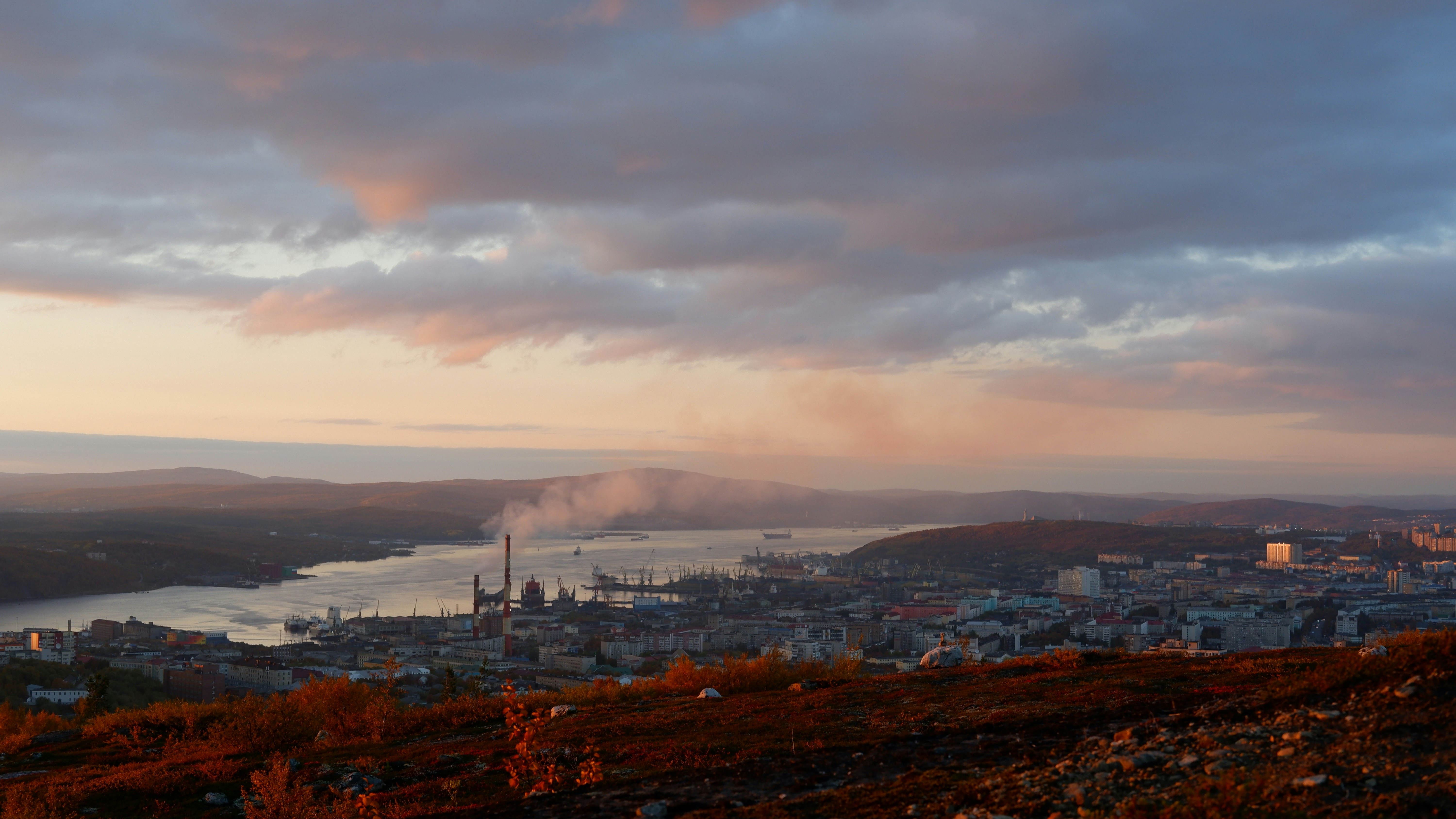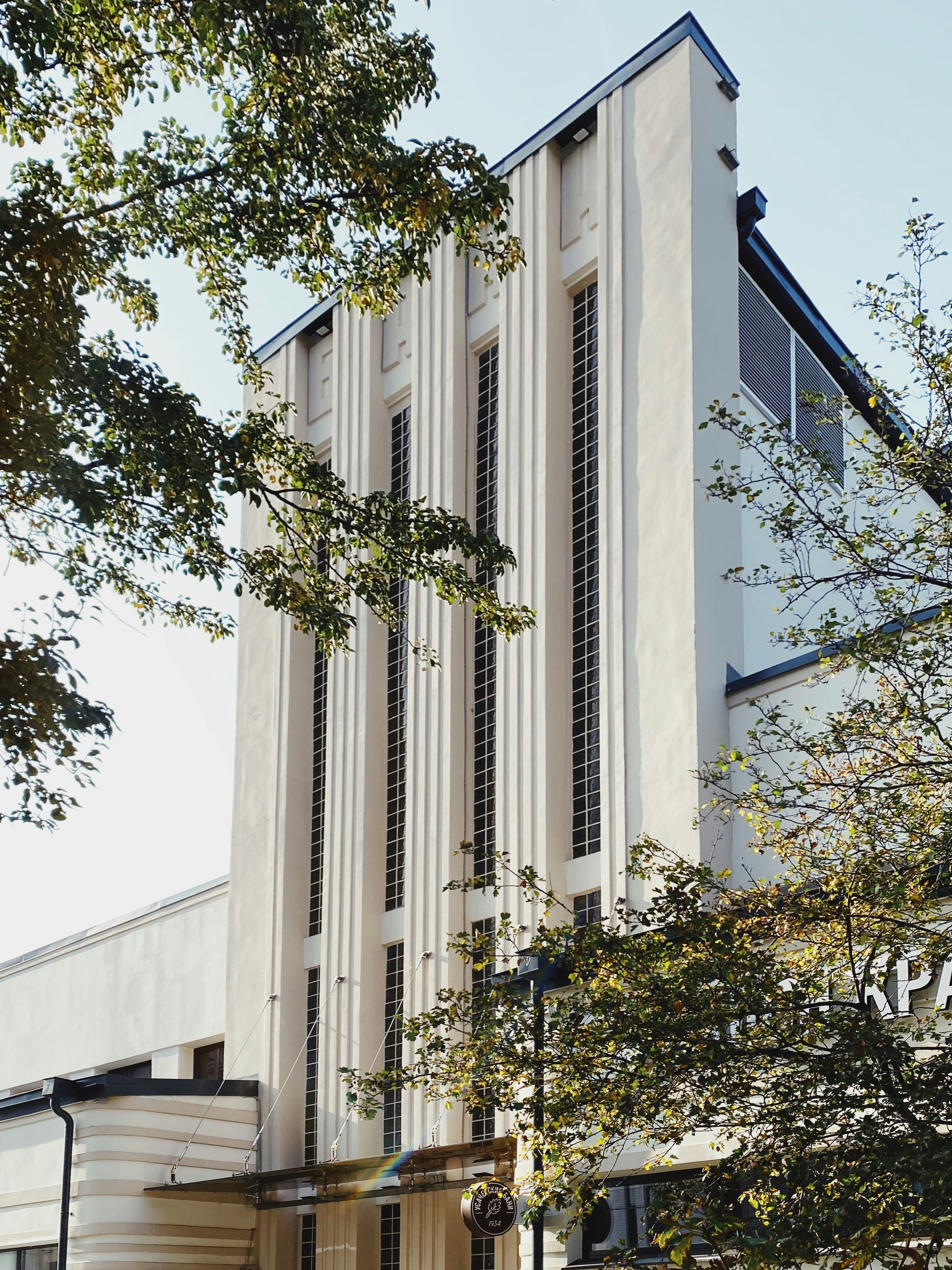Russian avant-garde art, a revolutionary movement of the early 20th century, mirrors the era’s innovative and turbulent socio-political climate. Marked by daring experimentation and a decisive break from artistic traditions, the movement sought to push the boundaries of creativity.
The impact of Russian avant-garde art on art history is immense. It introduced revolutionary ideas like abstraction, constructivism, and suprematism, influencing contemporary and future art. Artists such as Kazimir Malevich, Wassily Kandinsky, and Vladimir Tatlin led the movement. Each artist brought unique approaches that pushed the limits of artistic expression.
The socio-political climate of early 20th century Russia played a key role in shaping this movement. The fall of the Romanov dynasty, the 1917 Revolution, and the rise of the Soviet Union fueled artistic experimentation. Avant-garde artists, inspired by these changes, sought to reflect and respond to their evolving world. They embraced modernity and socialism in their work, breaking from the past.
Russian avant-garde art wasn’t just an artistic revolution; it mirrored a society in flux. The artists’ push for innovation and defiance of tradition left a lasting legacy. Their work continues to influence art and remains a topic of fascination.
Key Movements within Russian Avant-Garde
The Russian avant-garde was not a singular movement but a collection of revolutionary art styles, each with distinct principles. Suprematism, Constructivism, and Futurism were key sub-movements that reshaped artistic norms in early 20th-century Russia.
Each of these movements introduced new ideas and had leading figures like Kazimir Malevich for Suprematism, Vladimir Tatlin for Constructivism, and poets like Vladimir Mayakovsky in Futurism.
Suprematism
Suprematism, founded by Kazimir Malevich in 1915, sought to break free from the constraints of representational art. Emphasizing pure artistic feeling, this movement focused on basic geometric forms such as squares, circles, and lines. One of the most iconic works from this period is Malevich’s “Black Square,” which epitomizes the Suprematist quest for simplicity and abstraction. Suprematism aimed to transcend the material world, advocating for an art form that existed purely for its own sake.
Constructivism
Constructivism emerged in the wake of the Russian Revolution and was spearheaded by artists like Vladimir Tatlin and Alexander Rodchenko. This movement diverged from Suprematism by advocating for art that served a social purpose. Constructivists believed that art should be utilized to build a new, socialist society, leading them to explore practical applications in architecture, graphic design, and industrial production. Tatlin’s “Monument to the Third International” stands as a testament to the Constructivist vision, blending art with engineering to symbolize the new political era.
Futurism
Russian Futurism, influenced by its Italian counterpart, celebrated modernity, speed, and technological advancement. Leading figures like Vladimir Mayakovsky and Natalia Goncharova sought to capture the dynamism of contemporary life. Through bold, fragmented visuals and innovative typographic experiments, Russian Futurists aimed to disrupt conventional artistic norms. Mayakovsky’s “A Cloud in Trousers” exemplifies the Futurist ethos, merging poetic innovation with a fervent embrace of the future.
These movements—Suprematism, Constructivism, and Futurism—collectively showcase the diversity and richness of Russian avant-garde art. Each brought its unique perspective, contributing to a broader revolution in creativity that continues to influence contemporary art forms. Understanding these key movements provides a comprehensive view of the transformative power of the Russian avant-garde.
Prominent Figures and Their Contributions
Within the revolutionary landscape of Russian avant-garde art, several figures stand out for their groundbreaking contributions and innovative techniques. Kazimir Malevich, Vladimir Tatlin, and El Lissitzky are among the most influential artists whose works have left an indelible mark on the movement and continue to inspire to this day.
Kazimir Malevich, a pioneer of abstract art, is best known for his development of Suprematism. This avant-garde movement emphasized basic geometric forms and a limited color palette, aiming to convey pure artistic feeling rather than depict the material world. Malevich’s iconic work, “Black Square,” is often cited as a seminal piece in abstract art. He once stated, “I have transformed myself in the zero of form and emerged from nothing to creation, that is suprematism.” This quote encapsulates Malevich’s radical departure from traditional art and his quest for artistic purity.
Another towering figure in Russian avant-garde art is Vladimir Tatlin. Known for his Constructivist approach, Tatlin sought to create art that served a social purpose and was integrated into everyday life. His most famous work, the Monument to the Third International, also known as Tatlin’s Tower, epitomizes this ethos. Although never realized, the design of this colossal structure symbolized the utopian aspirations of the Russian Revolution. Tatlin’s work has been described as a “fusion of art, architecture, and politics,” showcasing his dedication to merging artistic innovation with practical utility.
El Lissitzky, a key figure in both Suprematism and Constructivism, was instrumental in propagating the avant-garde movement beyond Russia. His “Proun” series, which stands for “Project for the Affirmation of the New,” bridges painting and architecture, exploring spatial relationships through abstract forms. Lissitzky’s influence extended to graphic design and typography, where he introduced revolutionary techniques that are still relevant today. As he famously declared, “The artist constructs a new symbol with his brush. This symbol is not a recognizable form of anything in the known world.” His innovative spirit and interdisciplinary approach made him a cornerstone of the Russian avant-garde.
These artists not only revolutionized the art world with their pioneering techniques and concepts but also left a lasting legacy that continues to shape contemporary art. Their contributions are a testament to the transformative power of creativity during a time of significant social and political upheaval.
Innovative Techniques and Materials
Russian avant-garde artists were pioneers in their relentless pursuit of breaking from traditional artistic conventions. Their innovative techniques and materials redefined the boundaries of creative expression. One of the hallmark techniques of this era was geometric abstraction. Artists like Kazimir Malevich, with his iconic “Black Square,” employed stark geometric forms to convey abstract ideas, stripping art down to its most essential elements. This form of abstraction was not just a stylistic choice but a philosophical statement, reflecting a new way of seeing and interpreting the world.
Collage was another groundbreaking technique that gained prominence during this period. Artists such as Alexander Rodchenko and Varvara Stepanova utilized collage to juxtapose disparate elements, creating new visual narratives and challenging viewers’ perceptions. By incorporating fragments of photographs, newspaper clippings, and other materials, they could construct complex, layered compositions that spoke to the chaos and dynamism of the modern age.
Russian avant-garde artists were also notable for their use of unconventional materials. They ventured beyond traditional mediums like oil on canvas, experimenting with metal, glass, and even industrial materials. This shift was emblematic of their desire to bridge the gap between art and life, integrating the aesthetics of modern industry into their works. Vladimir Tatlin’s “Monument to the Third International,” a towering spiral structure made of iron and glass, exemplified this trend, merging architectural design with sculptural form.
The integration of art with technology and industry was another revolutionary aspect of the Russian avant-garde. Artists embraced the machine age, incorporating elements of Constructivism to create works that were functional as well as artistic. El Lissitzky’s “Proun” series, for instance, combined painting, architecture, and graphic design to produce spatial constructions that transcended traditional artistic categories. This multidisciplinary approach highlighted the movement’s experimental nature and its departure from established artistic methods.
Overall, the innovative techniques and materials employed by Russian avant-garde artists not only expanded the possibilities of visual art but also reflected a broader cultural shift towards modernity and industrialization. Their legacy continues to inspire contemporary artists, underscoring the enduring impact of their revolutionary spirit.
Impact on Global Art and Culture
The Russian avant-garde art movement, emerging in the early 20th century, did not merely alter the course of Russian art but had a profound and lasting impact on global art and culture. Its influence permeated various aspects of artistic expression, transcending national boundaries and inspiring subsequent movements, design philosophies, architectural innovations, and even political propaganda worldwide.
One of the most significant areas where Russian avant-garde art left its indelible mark was in the realm of abstract art. The bold experimentation with geometric forms, vibrant colors, and dynamic compositions pioneered by artists such as Kazimir Malevich and Wassily Kandinsky laid the groundwork for future movements like Abstract Expressionism and Minimalism. Their radical departure from representational art inspired artists across Europe and America to explore abstraction as a means of expressing complex emotional and intellectual ideas.
Furthermore, the principles of Constructivism, a subset of the Russian avant-garde, had a notable impact on modern design and architecture. Constructivist artists like Vladimir Tatlin and El Lissitzky emphasized the functional and utilitarian aspects of art, advocating for the integration of art into everyday life. This philosophy resonated with the Bauhaus movement in Germany, which sought to unify art, craft, and technology. The sleek, minimalist designs and architectural forms that emerged from Bauhaus principles can trace their lineage back to the groundbreaking work of Russian avant-garde artists.
In the realm of political propaganda, the visual language developed by the Russian avant-garde played a crucial role. The movement’s emphasis on bold, striking visuals and easily comprehensible symbolism made it an ideal tool for conveying political messages. Soviet propaganda posters, with their dynamic compositions and powerful imagery, became iconic. This approach influenced propaganda techniques in various countries, demonstrating the power of visual art in shaping public perception and political discourse.
The global influence of Russian avant-garde art is a testament to its revolutionary spirit and innovative approaches. From inspiring new art movements to shaping modern design and architecture, and even influencing political messaging, the legacy of Russian avant-garde continues to resonate in contemporary culture, underscoring its pivotal role in the evolution of global art and culture.
Conclusion: The Legacy of Russian Avant-Garde Art
The Russian avant-garde movement, spanning the early 20th century, marked a pivotal moment in the history of art. Characterized by its innovative use of abstraction, bold color schemes, and dynamic compositions, it challenged traditional artistic conventions and sought to forge a new visual language. As discussed, prominent figures such as Kazimir Malevich, El Lissitzky, and Wassily Kandinsky were instrumental in propelling this movement forward, each contributing unique perspectives and techniques that continue to be studied and admired today.
The influence of Russian avant-garde art extends far beyond its initial period. Its revolutionary ideas have permeated various artistic disciplines, from painting and sculpture to graphic design and architecture. The movement’s emphasis on breaking boundaries and exploring new forms of expression has left an indelible mark on modern art, encouraging contemporary artists to push the limits of creativity. In many ways, the avant-garde’s spirit of innovation and experimentation serves as a foundation for the ongoing evolution of artistic practices.
Moreover, the principles of the Russian avant-garde have found resonance in other cultural arenas, including literature, theater, and film. The movement’s interdisciplinary approach has inspired a holistic understanding of art as an integral part of human experience, fostering a dialogue between different forms of creative expression. This cross-pollination of ideas continues to invigorate contemporary culture, demonstrating the enduring relevance of the avant-garde’s vision.
In conclusion, the legacy of Russian avant-garde art is a testament to the transformative power of creativity. Its impact on modern art and culture is profound, serving as a beacon for artists and thinkers who seek to challenge the status quo and envision new possibilities. As we reflect on the movement’s contributions, it is clear that the revolutionary spirit of the Russian avant-garde remains a vital force, inspiring future generations to innovate and redefine the boundaries of artistic expression.
Russian avant-garde – Wikipedia
Enter your email to get the Latest Updated Exploring News and Topics
Discover more from atozexplore.com
Subscribe to get the latest posts sent to your email.







